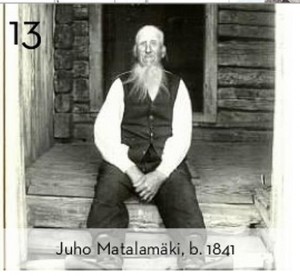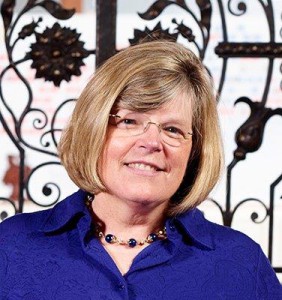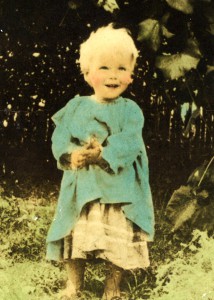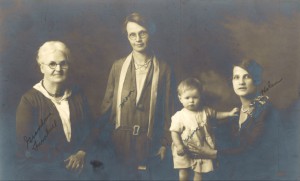
When my daughter was born, we chose the name Emma for her. Like many first-time parents, we considered and discarded many names. But we kept circling back to Emma because it’s a family name, and it follows an interesting pattern:
Emma Powell, born 1836 in Bristol, England
Ella Byrt, born 1860 in Chicopee, Massachusetts
Emma Ladd, born 1886 in New York
Ella Clark, born 1915 in Richmond Hill, New York Continue reading The Name Game




